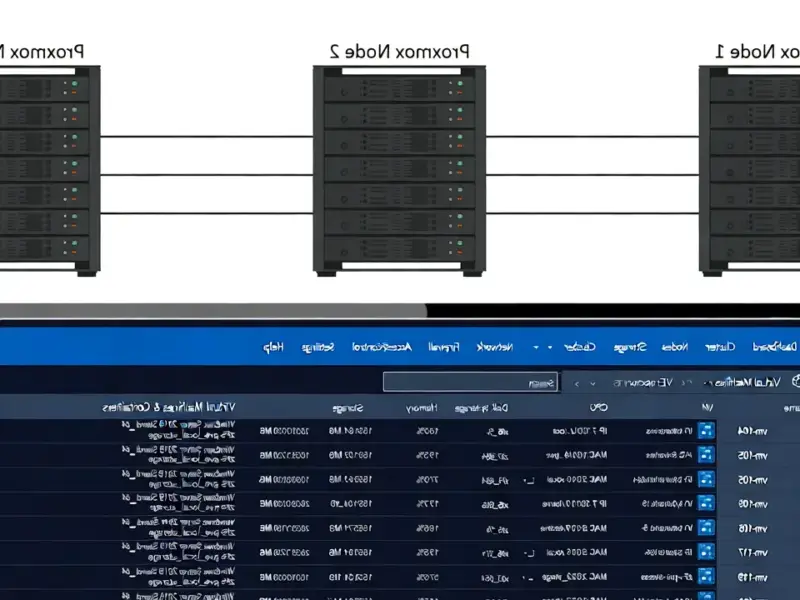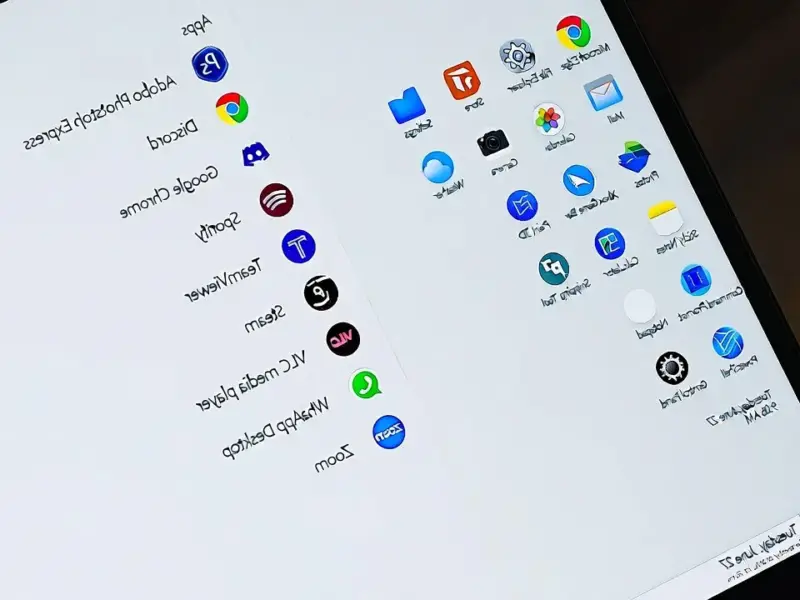According to Windows Central, Microsoft ended support for Windows 10 on October 14, 2025, leaving approximately 400 million PCs without security updates. This has created massive demand for tools like Flyoobe that bypass Windows 11’s strict hardware requirements including TPM 2.0 chips and 4GB RAM minimums. Scammers are now targeting desperate users with fake versions of the tool through official-looking domains, prompting the actual developer to issue warnings on GitHub. Meanwhile, Microsoft’s Extended Security Updates program costs $30 or requires cloud syncing, except in the European Economic Area where it’s free. Consumer groups have dismissed ESU as a “last-minute snooze button,” and the situation has gotten so heated that YouTube recently removed videos about installing Windows 11 with local accounts before restoring them after user backlash.
When desperation meets danger
Here’s the thing about 400 million suddenly unsupported devices – that’s a massive attack surface just waiting to be exploited. And scammers know exactly where to find their targets. The fake Flyoobe site looks convincing enough to trap people who just want to keep their perfectly functional computers running securely. I mean, who can blame users for being desperate? Their computers might be only a few years old but suddenly deemed “obsolete” by Microsoft’s arbitrary requirements.
Microsoft’s rock and hard place
Microsoft is stuck between a rock and a hard place here. On one hand, they need to push their AI-focused Copilot+ PC vision forward. They’re claiming Windows 11 PCs are “up to 2.3x faster” – though that’s mostly about those new AI features that many users don’t actually want. But on the other hand, they’re facing accusations of planned obsolescence from users with relatively new hardware. The ESU program feels like a half-measure, especially when it costs money in most regions. Basically, Microsoft wants everyone on Windows 11, but millions of people either can’t or won’t make the jump.
The bigger shifts happening
What’s really interesting is how this Windows 10 exodus might accelerate bigger platform shifts. We’re already seeing increased interest in Linux and ChromeOS – systems that don’t have these artificial hardware barriers. And can you blame people? No ads, less telemetry, and you can actually run them on hardware you already own. The official GitHub warnings about fake tools show just how mainstream these bypass methods have become. When mainstream users start looking for ways to circumvent official upgrade paths, that’s a sign the official path isn’t working for them.
Where does this go from here?
I suspect we’re going to see more of these clashes between user choice and corporate control. The YouTube video takedowns – even though they were eventually reversed – show how platforms are struggling to moderate this type of content. Was it Microsoft pressure or AI moderation gone wrong? Either way, it creates a chilling effect. Meanwhile, tools like Flyoobe will keep evolving, and so will the scammers targeting their users. The real question is whether Microsoft will eventually loosen their requirements or if they’ll double down on the AI-driven future that requires new hardware. For now, if you’re considering a bypass tool, triple-check your sources – the official GitHub page is your only safe bet.




